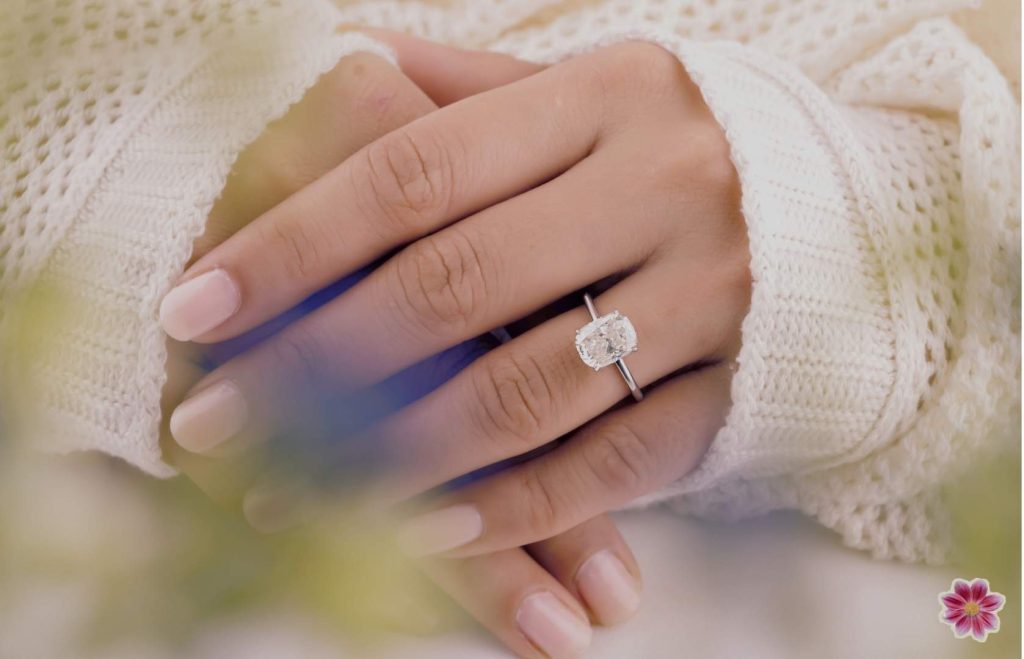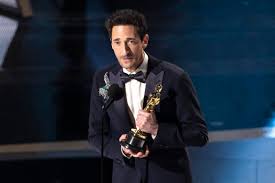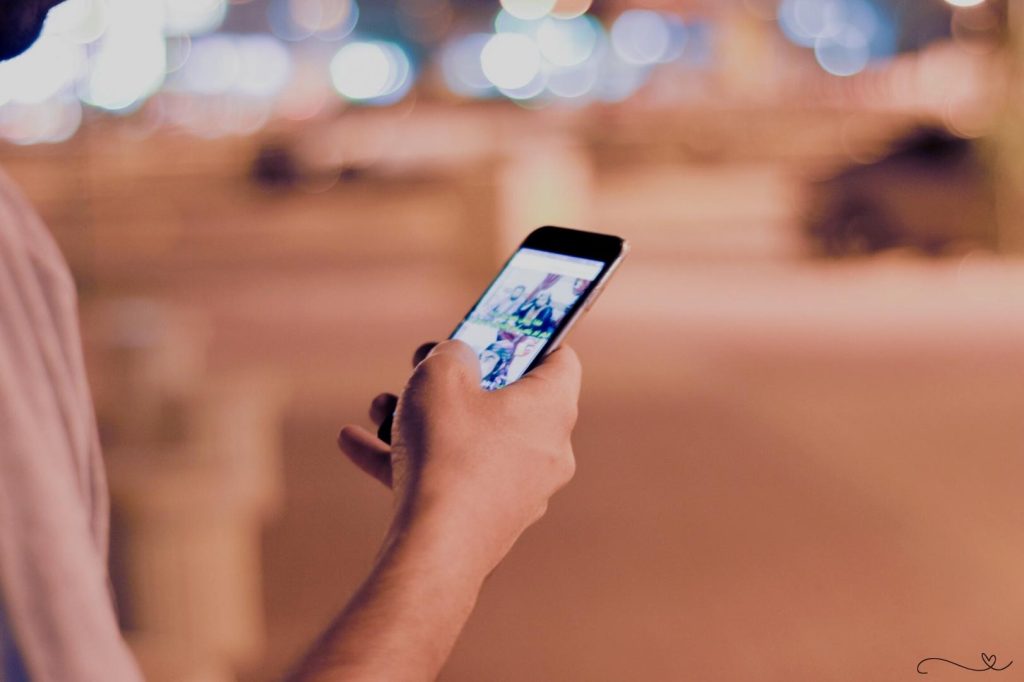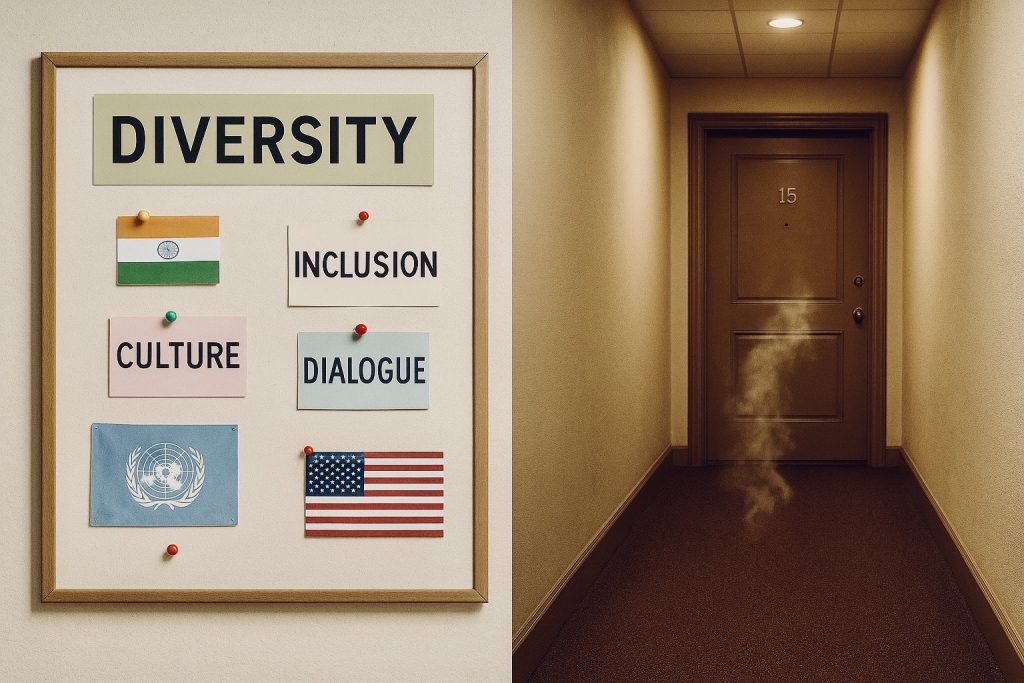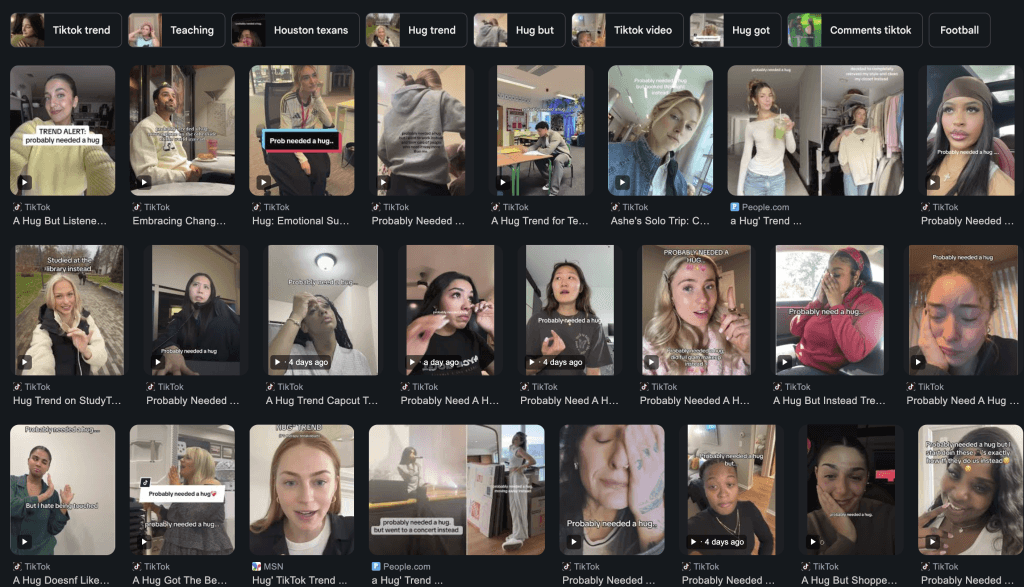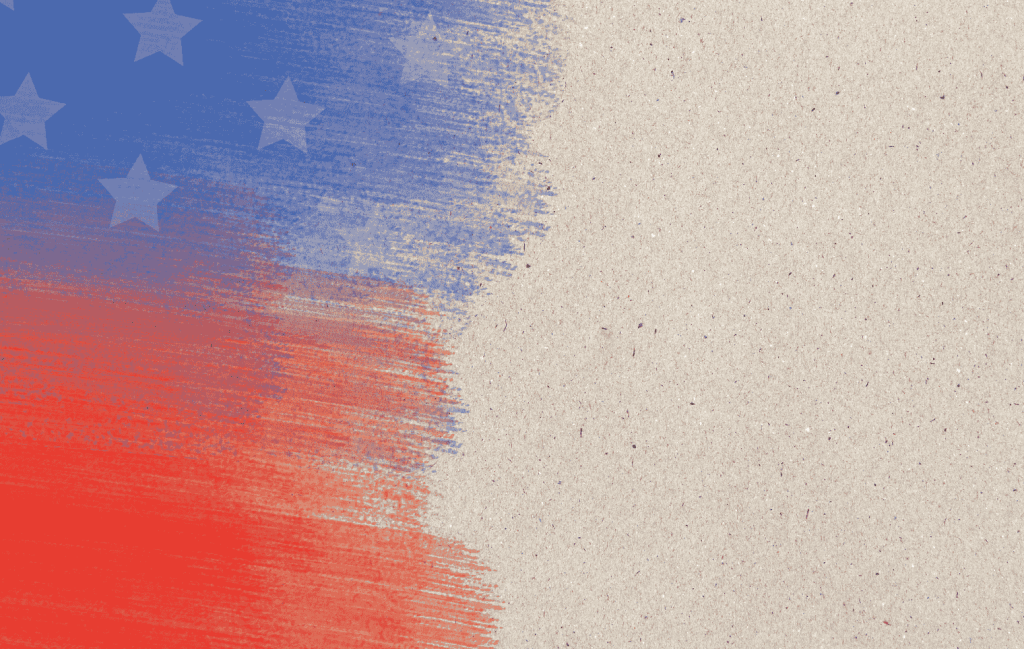Diamond symbolizes love – I got a ring!! Cue the sparkle, the squeals, and the part where someone whispers “forever.” But here’s the thing: diamonds weren’t always the shorthand for love. In fact, the whole “forever” thing started less with romance and more with… marketing.
Who Pulled This Off?
Back in 1947, De Beers dropped the slogan “A Diamond Is Forever.” Before that, engagement rings were a mix, sometimes sapphires, rubies, or even no ring at all. The ad campaign didn’t just sell jewelry; it sold the idea that love needs proof, and proof should shine.
They also snuck in the “two months’ salary” rule. Spend less and you looked cheap, spend more and you looked devoted. Is it tradition? No. Advertising spell? Absolutely.
Hollywood Made It Sexy
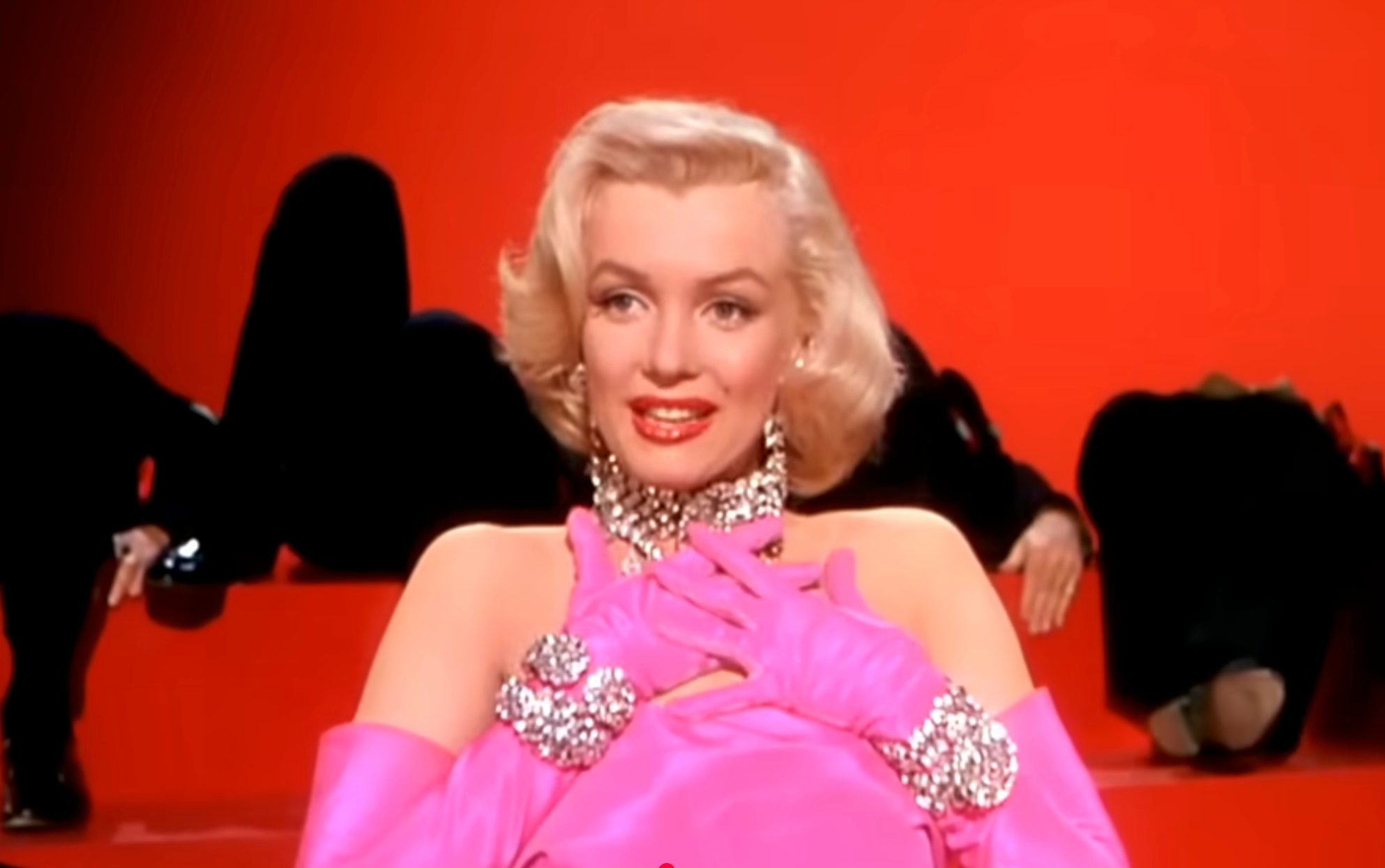
The campaign would’ve fizzled without a little glam. Enter Marilyn Monroe crooning “Diamonds Are a Girl’s Best Friend” and Audrey Hepburn window-shopping at Tiffany’s. By the time James Bond handed a rock to some femme fatale, the script was locked. Diamonds weren’t just jewelry anymore; they were cinema’s shortcut for passion, wealth, and “the real deal.”
Diamond symbolizes love – Around the World in a Sparkle
The diamond myth didn’t stay local. In Japan, engagement rings weren’t even standard until De Beers stormed in during the ’60s. By the ’80s, over half of Japanese brides were flashing stones. In India, gold had always been the symbol of security, what has shifted is that in many urban settings, media and globalization have made diamonds more visible and aspirational.
Cracks in the Shine
Fast forward to now: Gen-Z and millennials are poking holes in the myth. Lab-grown diamonds? Same sparkle, less cost, less guilt. Some couples ditch stones entirely for tattoos, heirlooms, or rings with quirky gems. Turns out “forever” can look like a turquoise, a thrift-shop find, or even a joint savings account.
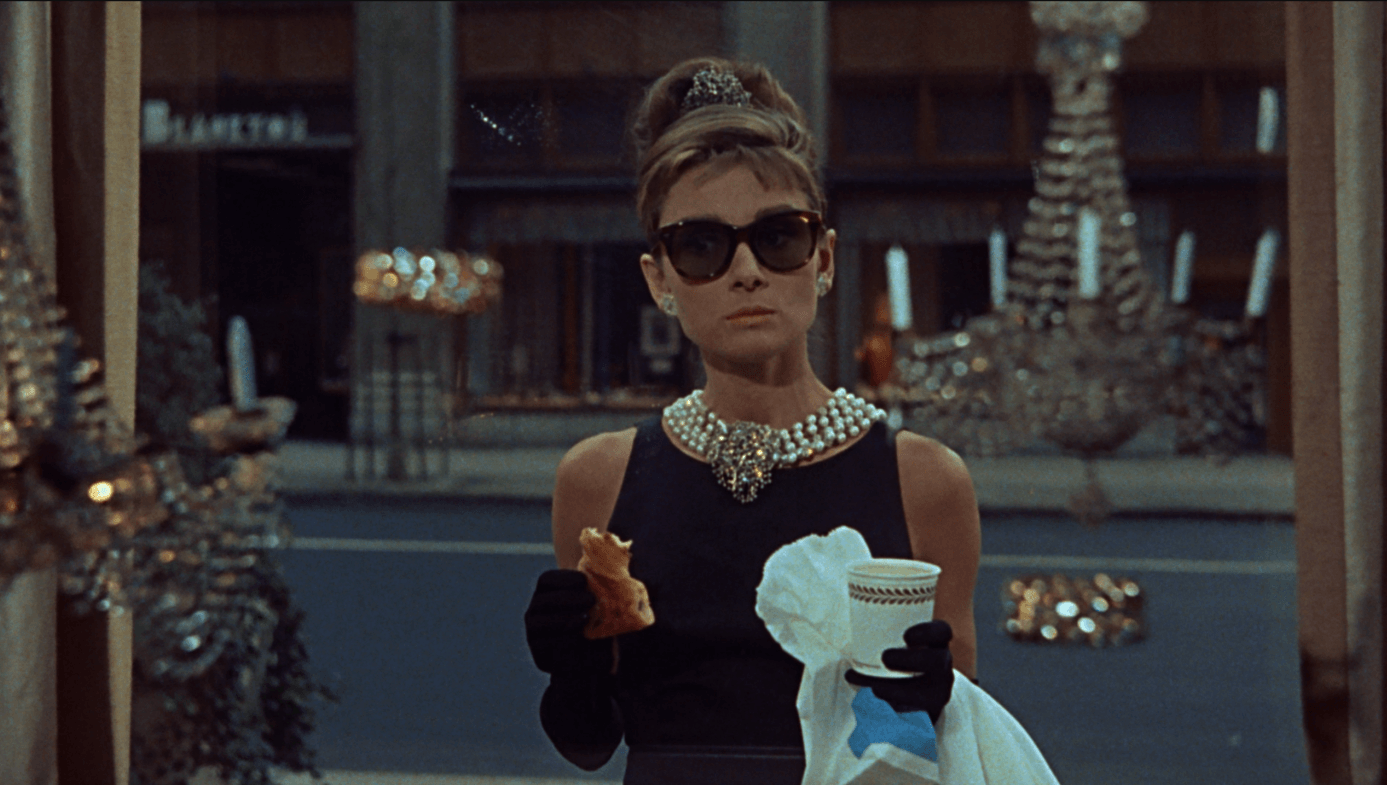
So Why Diamonds?
Because we believed the story. Not because they’re rare (they’re not), but because they were packaged as the ultimate symbol. The sparkle stuck because we let it. But here’s the fun twist: the value of the ring isn’t in the stone – it’s in the story you choose to attach to it.
Yes, I got a ring. But no, it doesn’t prove love. It proves we decided it does. And maybe that’s the only tradition worth keeping.
Further Reading
Some traditions come from heritage, but many of the stories we live by today were created through marketing. If the diamond myth made you curious, these pieces might spark more:
Manufactured Scarcity: Rare, Until It’s Not
How “limited edition” tricks our brains into craving things that were never rare.
Diet Wars: Keto, Vegan, and the New Religious Orders
When food stops being fuel and starts being faith – another case of belief systems we bought into.
Reality Is Glitched – Know Where You’re Escaping To
Escapism as survival: why we run toward illusions (and how culture packages them for us).
The Villain Era Is a Marketing Lie, But That Doesn’t Mean It’s Powerless
How brands (and people) sell rebellion – not so different from how diamonds sold forever.

